The number of doctors, nurses and other healthcare workers who are falling ill with Covid-19 has reached crisis levels and is seriously hampering the fight against the rapidly escalating pandemic, senior figures in the NHS have warned.
The problem of staff absence, because of illness or the need to self-isolate when family members test positive, is also beginning to hamper the vaccination programme – just as the government throws maximum resources into efforts to vaccinate 15 million high priority people by the middle of February.
In a letter to its members, the chair of the British Medical Association, Chaand Nagpaul, revealed the huge number of staff struck down with the virus. “There are over 46,000 hospital staff off sick with Covid-19,” he wrote, “heaping additional pressure on an already overstretched workforce struggling to manage even current critical care demand.”
Stressing the need for doctors and other health workers to be vaccinated as soon as possible, Dr Nagpaul added: “It is only if the NHS workforce is kept fit and well that we will be able to meet the unprecedented surge in demand that the coming weeks and months will bring as well as delivering the vaccine programme that remains our only hope to end this dreadful pandemic.”
Across the country hospitals, GP surgeries and care homes are reporting abnormally high staff absence levels. In Kent, one of the hardest hit areas of south-east England, about 25% of clinical and administrative staff are believed to be absent. John Allingham, medical director of the local medical committee, which represents GPs in the county, said in some practices as many as half of staff were absent, which was having an impact on vaccinations.
Martin Marshall, chairman of the Royal College of General Practitioners, said even if all staff were in work there were not enough people to hit the target of two million jabs a week. “There are enough right now to deliver the limited supplies that we’ve got,” he said. “But we certainly haven’t got enough staff to deliver a much larger programme in two or three weeks’ time, while at the same time as continuing to deliver the flu vaccination programme and delivering normal business in general practice as well.”
The Observer has also been told that some care homes are now refusing to accept patients discharged from hospital because they have so many staff off sick.
the total number of lab-confirmed cases of coronavirus in the UK exceeded three million. The government also reported a further 1,035 people had died within 28 days of testing positive for Covid-19, taking the total number of deaths to 80,868. Over the past seven days, 6,255 deaths have been reported – an increase of 51.3% on the previous week.
Health secretary Matt Hancock will on Sunday unveil plans to expand community testing across all local authorities in England so that anyone with or without symptoms can be tested. Councils will be encouraged to target testing at people who are unable to work from home during lockdown.
Hancock said: “With roughly a third of people who have coronavirus not showing symptoms, targeted asymptomatic testing and subsequent isolation is highly effective in breaking chains of transmission.”
With the UK now in its third national lockdown, there were calls on Saturday nightfrom some scientists for the existing measures to be strengthened.
Robert West, a professor in the Scientific Pandemic Influenza Group on Behaviours (SPI-B), which advises the government’s Scientific Advisory Group for Emergencies (Sage), said the new variant of Covid was around 50% more infectious compared to that which infected people last March. “If we were to achieve the same result as in March we would have to have a stricter lockdown, and it’s not stricter,” he said.
One of the starkest differences between this lockdown and the first is the number of children still going to school. There is growing unease at the decision of the education secretary, Gavin Williamson, to widen the criteria for pupils who are allowed to attend school. Children who cannot learn remotely, either because they do not have devices, a wifi connection or space to study, can now attend lessons face-to-face, along with vulnerable children and the offspring of a large group defined as “critical workers”. Schools in some areas are reporting attendance rates of 50% to 70%.
Teaching unions said they will take legal action against the government unless it reveals the scientific basis for allowing more children to attend school. The National Education Union (NEU) and Unison are demanding to know what scientific advice is available about the maximum class sizes that should be permitted.
Just 9% of headteachers reported that demand for places last week was broadly the same as during the spring lockdown, with 71% reporting that demand was “significantly” higher, according to a survey of more than 1,000 headteachers by the grassroots campaign group Worthless?.
Kevin Courtney of the NEU said: “The government should tell us what the Sage advice is, and from that there should be drawn maximum bubble sizes, so that cases fall, hospitalisation falls and deaths fall.”
Other scientists said it was increasingly clear that the virus would be here for the long term and that the government needed to change strategy. “Having 20 million people vaccinated is likely to help reduce numbers of cases but we must not forget that this is a highly transmissible virus and if we do not continue with social measures, it will soon whip round communities again and cause havoc,” said Liam Smeeth, professor of clinical epidemiology at the London School of Hygiene & Tropical Medicine.
“I can understand the short-term panic as hospital cases rise so quickly but I am amazed at the sheer lack of long-term strategy,” he said. “I can see no signs of any thinking about it.”
The latest Opinium poll for the Observer shows that people are now more scared of the virus than at any point since last June. More than three quarters (79%) of respondents said they were worried about the virus, including 36% who were very worried.







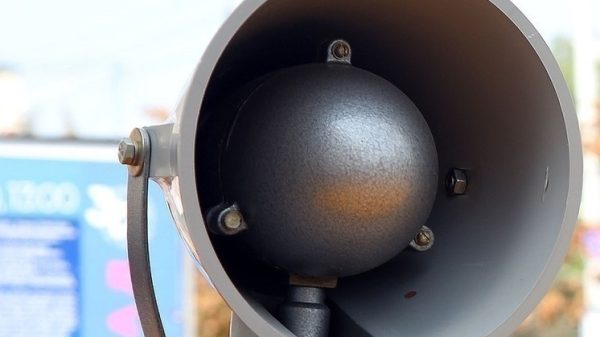
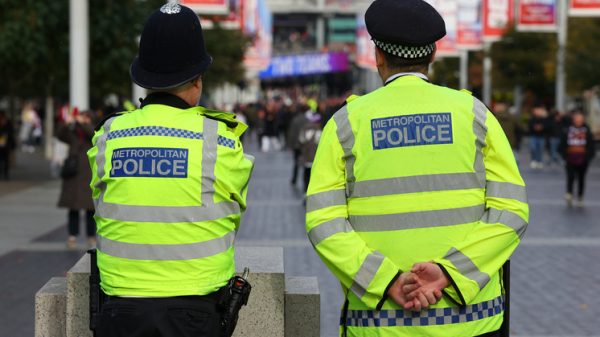
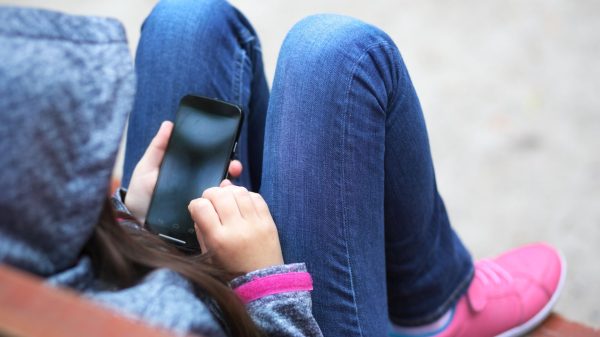
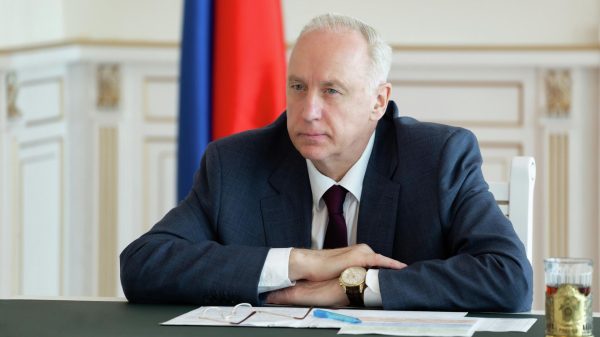
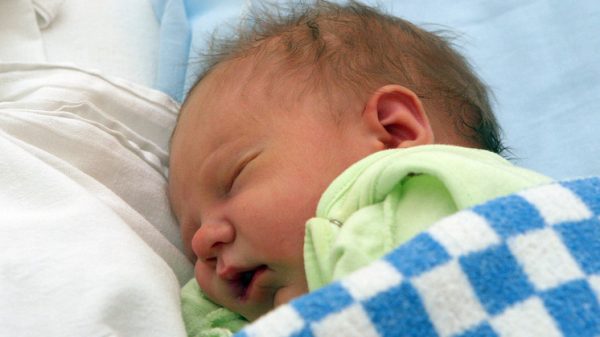
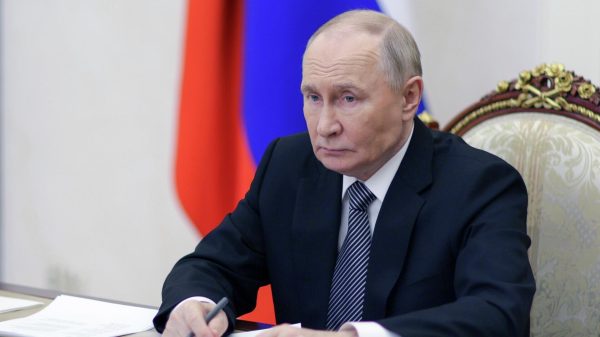

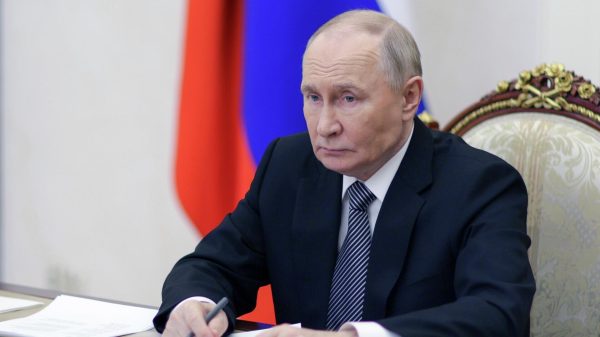


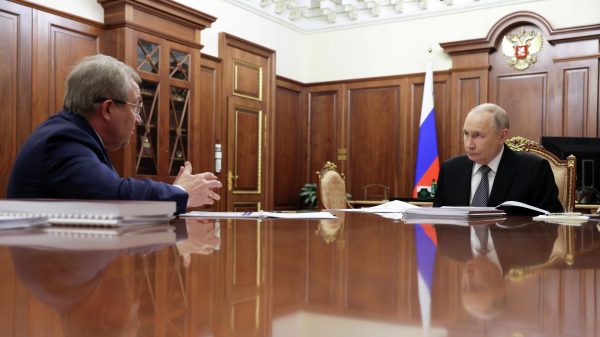
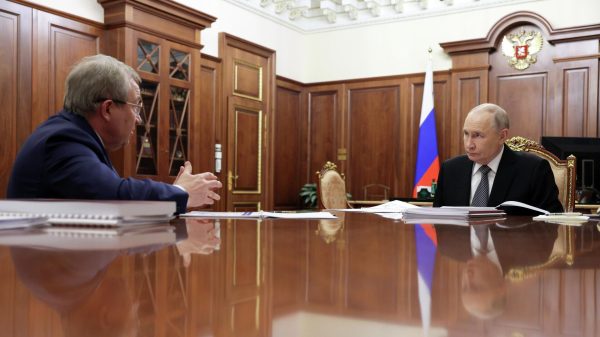
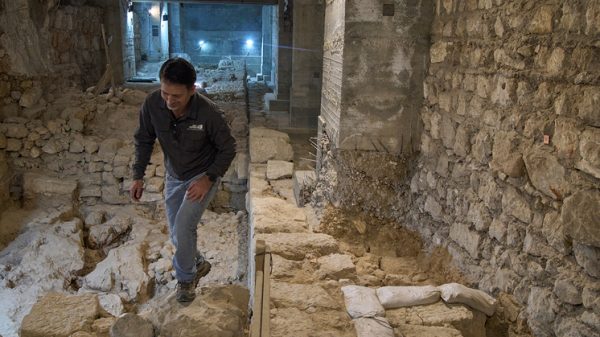
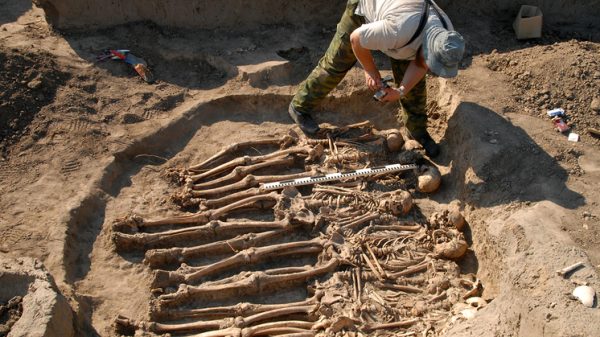

































Свежие комментарии